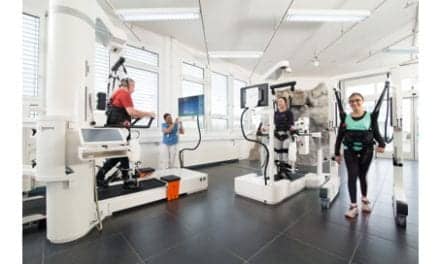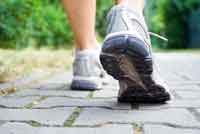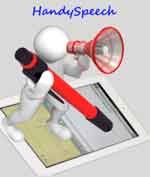David Bellamy did not expect to suffer a stroke at age 26. When he did, he had no idea where to turn for support to get on with his life because most stroke recovery support groups are geared toward and populated by older stroke victims whose expectations and needs may be very different.
“I drive, I take care of myself and I do whatever I want, but I was looking to see if there was anyone else in my situation going through the same struggles I am. I think a lot of young people are troubled with that. You’ve got a family that’s incredibly supportive but no one understands what you’re going through except another person who has gone through what you’re going through,” said Bellamy, now 28, who lives in Brentwood and has been instrumental in organizing just such a group at Cedars-Sinai Medical Center.
One Stroke Ahead: Young Person’s Stroke Support Group was launched last September and meets on Cedars-Sinai’s rehabilitation unit for about 2 hours on the third Thursday of each month beginning at 6:30 pm. Designed for stroke survivors ranging in age from 18 to 55, it addresses issues faced by those who may be hoping to go back to school or work and resume their family roles and responsibilities.
While Bellamy is credited with bringing attention to the need for a young person’s support group—and creating the name and a rough sketch for the group’s logo—Terri Lukomski, a certified therapeutic recreation specialist at Cedars-Sinai, took the lead to organize the program and get the project approved as a service of the medical center.
“David had been looking for social support and came to our general support group and said, ‘This is fine, but I’m 28 years old and I’m really looking to talk to somebody my age about these things.’ I heard his heart and knew there was a need out there,” said Lukomski. “I’m now in the process of trying to send out questionnaires to young stroke survivors to identify specifically their unique needs.”
Lukomski said stroke support groups for young people are not unheard of but are uncommon. She is scheduled to make a presentation on the subject at the American Therapeutic Recreation Association convention at the end of September.
Bellamy, who has had epilepsy since birth, earned a bachelor’s degree in video production even while struggling with anti-seizure medications during his senior year of college. He was undergoing a specialized brain test at another hospital to locate the exact source of his seizures so he might undergo surgery to stop the seizures when he suffered his stroke. It left the left-handed patient with left-side weakness.
He underwent physical rehabilitation and occupational and speech therapy, and on July 4, 2006, he started working at Trader Joe’s, where he is still employed today. He has since earned his pharmacy technician license and enrolled in school to take the prerequisites for pharmacy school.
“Although stroke is the third leading cause of death and the number one cause of adult disability, people tend to be uninformed about strokes and life after stroke. The support groups offer an opportunity for people to share their experiences and learn from one another about coping with the changes taking place in their lives,” said David Palestrant, MD, director of the Stroke Program and director of Neuro-critical Care at Cedars-Sinai.
Cedars-Sinai’s original stroke support group, called Yes I Can, meets on the second Thursday of each month from 2 to 4 pm, also on the rehabilitation unit.
Laurie Paletz, RN, nurse coordinator of the stroke program, says both support groups are available to everyone in the community who has suffered a stroke, whether they received care at Cedars-Sinai or elsewhere. “Our stroke support group community is like a big family where people network and support each other, and the young person’s support group has been phenomenal,” she said.
[Source: Newswise]




